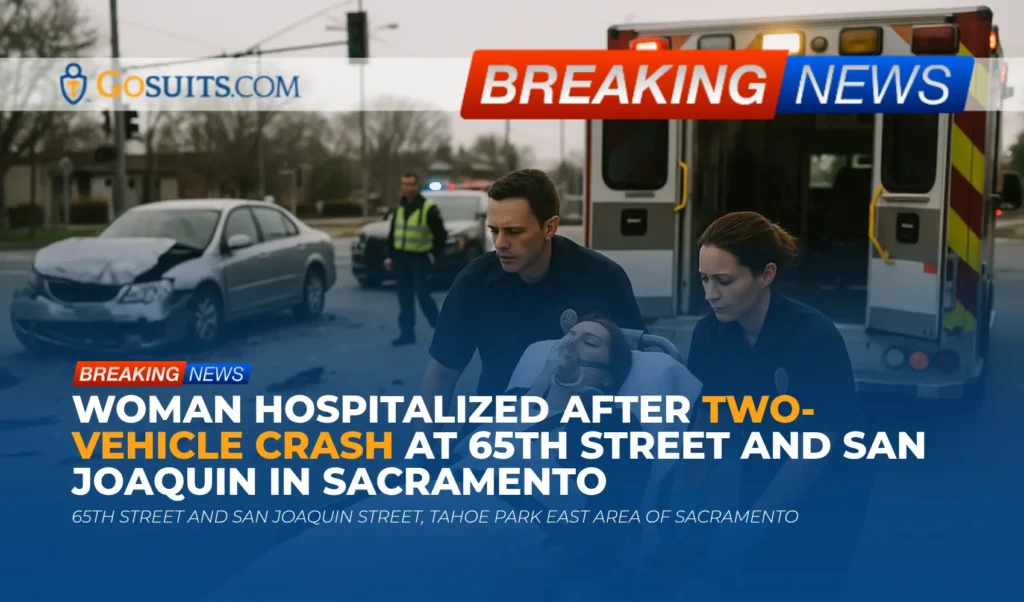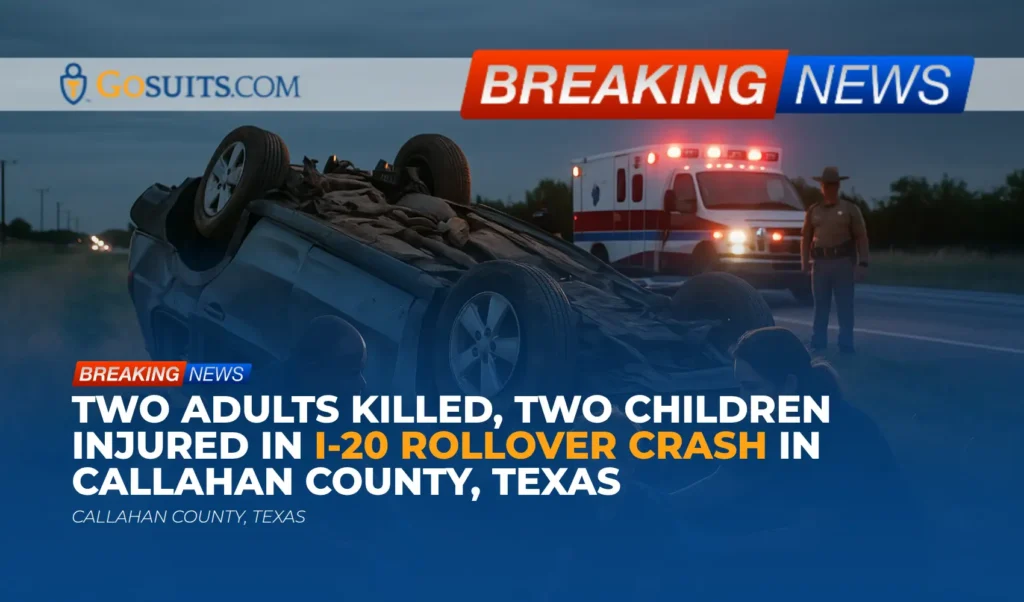CapMetro Bus Violence Leaves One Dead in South Austin, Suspect in Custody
A disturbing incident occurred in South Austin on Wednesday, May 14, 2025, when a man in his 30s was killed while riding a CapMetro bus. Austin Police Department officers responded to multiple calls reporting a man covered in blood on a bus in the 500 block of South Lamar Boulevard at approximately 6:45 p.m. Despite life-saving measures attempted by the officers, the man succumbed to his injuries at the scene.
The Austin Police Department has confirmed that a suspect has been apprehended in connection with the incident at a nearby business. Authorities have stated that this appears to be an isolated incident and that there is no ongoing threat to the public. However, many questions remain unanswered, including the specific nature of the injuries sustained by the victim, whether a weapon was involved, the identity of the suspect, and the potential motive behind the attack.
CapMetro released a statement expressing their outrage and sadness regarding the tragic event. The statement emphasized the agency’s commitment to safety and well-being for passengers and operators, asserting that violence has no place on their system. CapMetro is fully cooperating with the Austin Police Department in their investigation.
The Aftermath: Questions of Liability and Safety
This incident raises significant questions about the safety and security of public transportation systems and the potential liability of various parties in the event of a violent crime. While the police investigation will focus on the criminal aspects of the case, the victim’s family and any injured passengers may also have grounds for a civil lawsuit.
Public transportation operators, like CapMetro, have a responsibility to provide a reasonably safe environment for their passengers. This duty of care includes implementing security measures to prevent foreseeable harm. The extent of these measures can vary depending on factors such as the history of crime in the area, the time of day, and the specific route.
Potential security measures on public transportation can include:
- Security Personnel: Employing security guards or transit police on buses and at stations can provide a visible deterrent to crime and allow for a quicker response to incidents.
- Surveillance Systems: Installing and maintaining security cameras on buses and at stations can help deter crime, provide evidence in the event of an incident, and assist in identifying suspects.
- Emergency Communication Systems: Equipping buses with emergency communication systems, such as panic buttons or direct lines to dispatch, can allow passengers and operators to quickly report incidents and request assistance.
- Training for Operators: Providing bus operators with training in de-escalation techniques, conflict resolution, and emergency procedures can help them respond effectively to potentially dangerous situations.
- Well-Lit and Maintained Stations: Ensuring that bus stops and stations are well-lit and properly maintained can improve visibility and deter criminal activity.
- Coordination with Law Enforcement: Establishing strong partnerships and communication channels with local law enforcement agencies can facilitate a coordinated response to incidents and allow for the sharing of information about potential threats.

Legal Avenues for Victims and Their Families
In the aftermath of such a violent incident, victims and their families may explore various legal avenues to seek compensation for their losses. A personal injury claim or wrongful death lawsuit could be filed against the responsible party, which, in this case, would likely be the arrested suspect. However, depending on the circumstances, a claim could also be made against CapMetro or other entities if negligence in security measures contributed to the incident.
To establish negligence, it must be shown that the entity in question had a duty of care, breached that duty, and that the breach directly caused the harm. In the context of public transportation, this might involve demonstrating that the transportation provider failed to implement reasonable security measures to protect passengers from foreseeable harm.
Damages that may be recoverable in a personal injury or wrongful death claim include:
- Medical Expenses: Costs associated with medical treatment, including ambulance services, hospital stays, surgeries, and ongoing care.
- Lost Wages: Compensation for lost income due to the inability to work as a result of injuries or the death of a loved one.
- Pain and Suffering: Compensation for physical pain, emotional distress, and mental anguish caused by the incident.
- Funeral Expenses: Costs associated with funeral and burial services in the event of a death.
- Loss of Consortium: Compensation for the loss of companionship, support, and intimacy suffered by family members as a result of the victim’s injuries or death.
Considerations for Passengers on Public Transportation
While public transportation is generally a safe and efficient way to travel, it is important for passengers to be aware of their surroundings and take steps to protect themselves. Some general safety tips for riding public transportation include:
- Stay Alert: Pay attention to your surroundings and be aware of other passengers.
- Avoid Distractions: Limit distractions such as using your phone or listening to music with headphones.
- Trust Your Instincts: If something feels wrong or unsafe, trust your gut and take action.
- Report Suspicious Activity: If you see something suspicious, report it to the bus operator or authorities.
- Sit Near the Operator: If possible, sit near the bus operator or in a well-lit area.
- Avoid Isolated Areas: Try to avoid waiting for the bus in isolated areas, particularly at night.
- Travel in Groups: If possible, travel with friends or family members.
- Have a Plan: Plan your route in advance and be aware of your surroundings.
- Know Emergency Procedures: Familiarize yourself with the emergency procedures on the bus, including the location of emergency exits and communication devices.

Commentary from Gosuits Personal Injury Attorney
The fatal attack aboard a CapMetro bus in South Austin is a deeply unsettling event—one that leaves not only a grieving family, but an entire city asking how something like this could happen on public transportation in broad daylight. While the suspect has been apprehended and criminal charges will likely follow, this tragedy raises broader concerns about the safety of Austin’s public transit system and the legal responsibility of the agencies tasked with protecting riders.
Transit providers like CapMetro owe a duty of care to their passengers. This does not mean they are liable for every incident, but it does mean they are responsible for taking reasonable steps to prevent foreseeable harm. When violence occurs on board, the key legal question becomes: was this incident truly unforeseeable, or could it have been prevented with stronger security protocols, better operator training, or improved communication systems?
In cases like this, the victim’s family may have grounds to bring a wrongful death claim—not only against the individual responsible for the attack, but potentially against CapMetro if it is found that inadequate security contributed to the loss. Civil claims provide a vital route for families to recover compensation for medical costs, funeral expenses, loss of income, emotional trauma, and the profound grief that follows violent loss.
This incident also highlights the larger issue of violence on public transportation systems—a concern that is not unique to Austin. Nationwide, transit agencies are under growing pressure to balance accessibility with passenger safety, specifically as cities expand and ridership increases. Events like this call for more than outrage; they demand a careful evaluation of what safety measures are currently in place and what must change to prevent similar tragedies.
A personal injury attorney can help families understand whether the incident was preventable under the law, and what legal recourse may be available. Seeking legal counsel can be a crucial step in determining whether negligence played a role and how accountability can be pursued, not only for justice, but for change.






